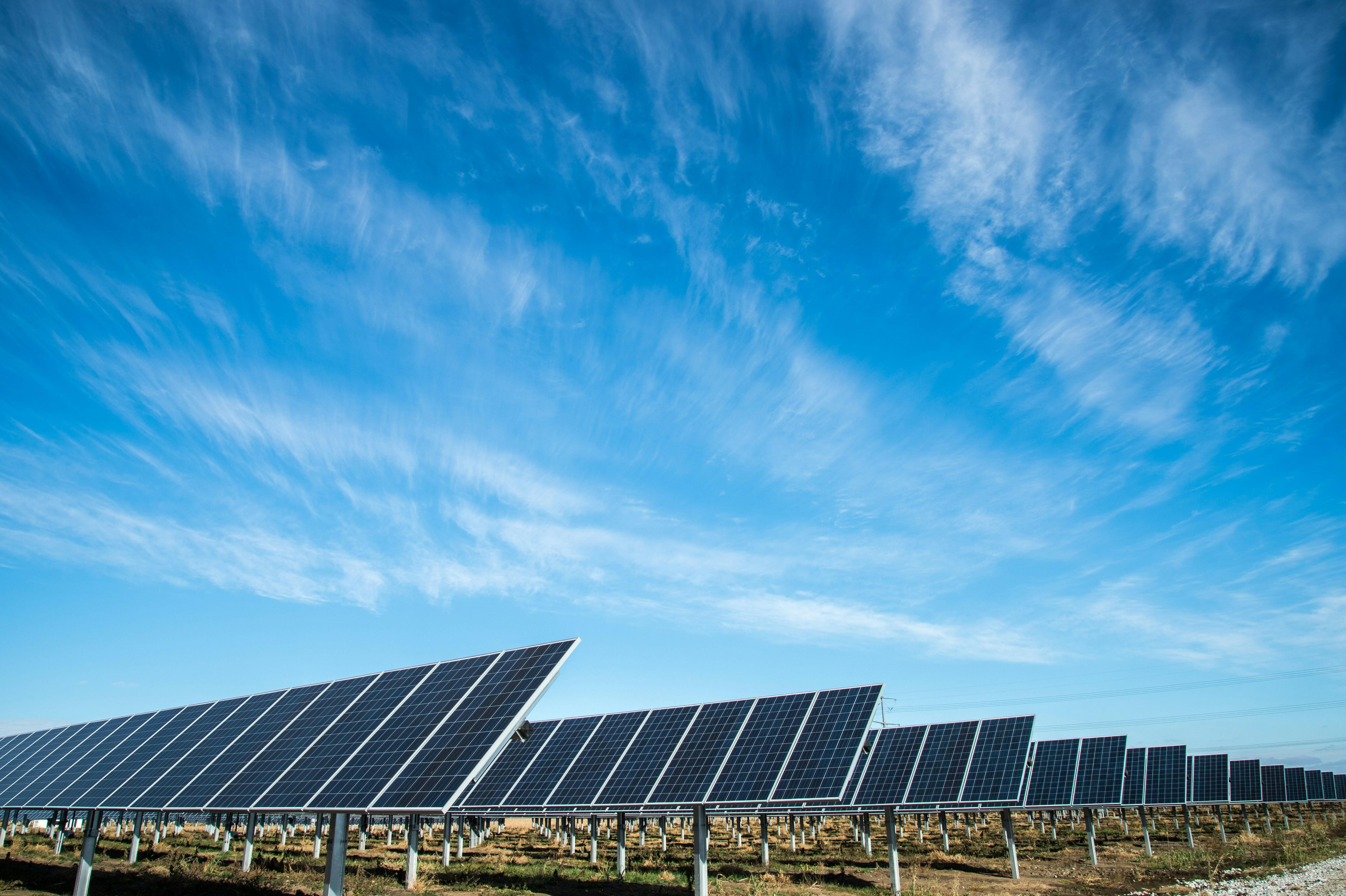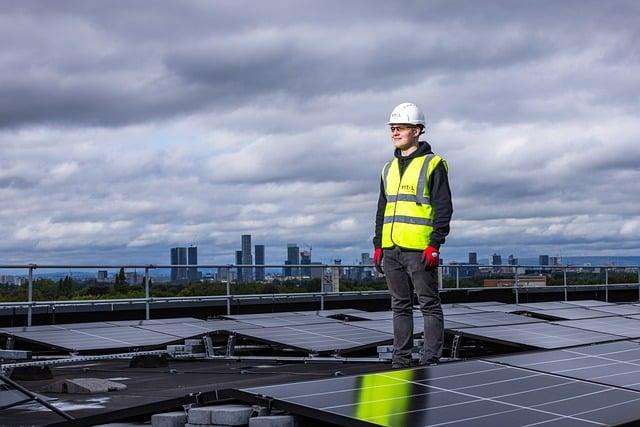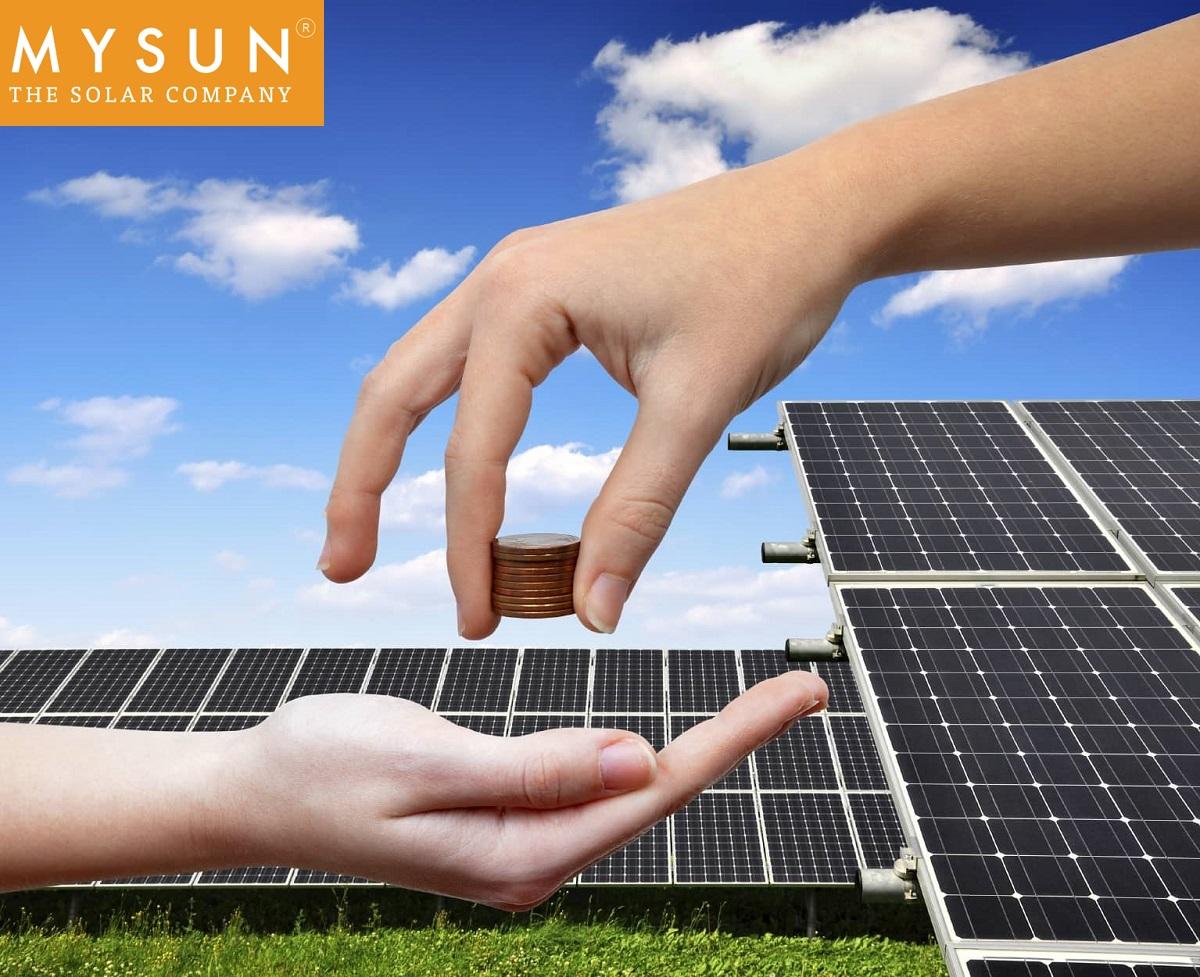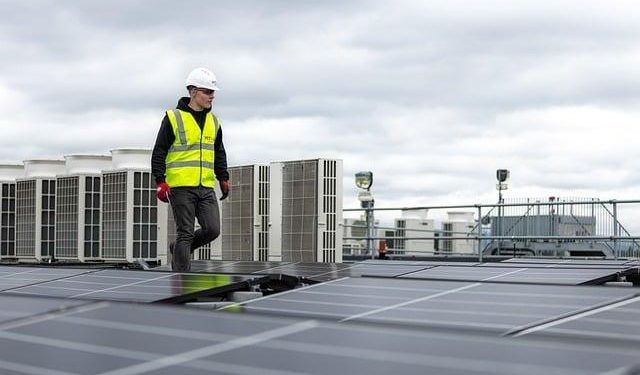In an age where sustainability is no longer just a buzzword but a pressing necessity, the allure of solar energy shines brighter than ever. As sunlight dances across rooftops and open fields, a tantalizing question arises: can harnessing this abundant, clean energy source eventually pay for itself? This inquiry delves into the heart of a solar revolution, exploring the intricate balance between initial investments and long-term savings. By unraveling the economic tapestry woven from sunbeams and silicon, this article aims to illuminate the financial viability of solar power, guiding readers through a landscape where environmental stewardship and economic pragmatism converge. Join us on this journey as we shed light on whether the sun can indeed become a profitable ally in our quest for a sustainable future.
Evaluating the Long-Term Financial Benefits of Solar Energy
As we delve into the realm of renewable energy, understanding the financial implications of solar power becomes paramount. One of the most enticing aspects of investing in solar energy is the potential for long-term savings. The initial installation cost can seem daunting, but the subsequent financial rewards are worth considering. Here are some key financial benefits of solar energy that can contribute to its ability to pay for itself over time:
- Reduced Energy Bills: By harnessing the power of the sun, homeowners can significantly decrease their reliance on traditional energy sources, resulting in lower monthly utility bills.
- Tax Incentives and Rebates: Many governments offer attractive tax credits and rebates to encourage the adoption of solar technology, which can substantially offset the upfront costs.
- Increased Property Value: Properties equipped with solar panels often experience an increase in market value, appealing to eco-conscious buyers and providing a return on investment if the property is sold.
While the financial landscape of solar energy may vary based on geographic location and energy consumption, these factors collectively contribute to the economic viability of solar installations. By considering these elements, individuals and businesses alike can make informed decisions about embracing solar technology as a financially sustainable energy solution.
Understanding the Cost-Saving Potential of Solar Panels
The financial allure of solar panels lies not only in their potential to significantly reduce energy bills but also in their ability to eventually offset their initial investment. Harnessing solar energy effectively can lead to substantial savings, especially in regions with high electricity rates and ample sunlight. By installing a solar panel system, homeowners can reduce their reliance on traditional power sources, leading to lower monthly utility bills. Over time, these savings can accumulate to equal or even exceed the upfront costs of purchasing and installing the system. This economic dynamic is often referred to as “payback period,” where the savings achieved balance out the initial expenditure.
- Tax incentives and rebates: Many governments offer financial incentives that can reduce the cost of installation.
- Net metering: This allows homeowners to sell excess power back to the grid, further enhancing cost savings.
- Long-term savings: With electricity prices historically rising, locking in a low cost for solar energy can be financially prudent.
Additionally, solar panels often increase property value, which is an added benefit when considering the return on investment. With maintenance costs being relatively low and systems designed to last for decades, the economic benefits of solar panels continue to grow, presenting a compelling case for those looking to reduce their carbon footprint while also saving money in the long run.

Analyzing the Payback Period for Solar Investments
When evaluating the financial viability of solar panel installations, the payback period emerges as a critical metric. This is the timeframe required for the energy savings generated by the solar panels to equal the initial investment costs. Several factors influence this period, including geographical location, available sunlight, and local electricity rates. Shorter payback periods are generally more attractive, signaling quicker returns and increased long-term savings. Homeowners often seek a balance between the upfront costs and the anticipated reduction in utility bills, aiming for a sweet spot where solar energy begins to generate true savings.
- Installation Costs: Upfront expenses for purchasing and installing the system.
- Incentives and Rebates: Government and local incentives can significantly reduce initial costs.
- Energy Savings: The amount saved on electricity bills over time.
- Maintenance Costs: Ongoing expenses for keeping the system operational.
- Energy Production: The efficiency and output of the solar panels based on location.
In essence, understanding the payback period helps potential solar investors make informed decisions by weighing the immediate costs against the long-term financial benefits. It’s an essential consideration for anyone looking to embrace renewable energy while keeping an eye on their financial bottom line.

Strategies to Maximize Your Solar Return on Investment
Harnessing the power of the sun can indeed become a financially savvy decision if approached with a strategic mindset. To truly maximize your investment, it’s essential to focus on a few key areas. First, select the right solar system size that aligns with your energy consumption patterns. This ensures you’re neither over-investing nor underutilizing your system. Second, consider government incentives and rebates available in your region, as these can significantly reduce upfront costs and improve overall returns.
- Optimize Energy Usage: Shift energy-intensive activities to daylight hours to capitalize on solar energy production.
- Regular Maintenance: Routine cleaning and inspections can prevent efficiency losses, ensuring optimal energy output.
- Energy Storage Solutions: Invest in batteries to store excess energy, providing power during non-sunlight hours and further reducing reliance on the grid.
- Net Metering Programs: Participate in programs that allow you to sell surplus energy back to the grid, creating an additional revenue stream.
By implementing these strategies, you can not only achieve a faster return on your investment but also contribute to a more sustainable future.
In Summary
As we reach the end of our exploration into the financial viability of solar energy, it becomes clear that the sun offers more than just warmth and light. It presents an opportunity for a sustainable and potentially cost-effective energy solution. While the initial investment might seem daunting, the promise of reduced utility bills, tax incentives, and environmental benefits adds a compelling layer to the conversation. The path to solar savings is not uniform for everyone; it is as varied as the landscapes it powers. As technology advances and costs continue to decrease, the question may not be if solar can pay for itself, but rather how soon it will. Whether you’re a homeowner pondering panels or a business considering a brighter future, the journey toward solar is one illuminated by promise and possibility.

































